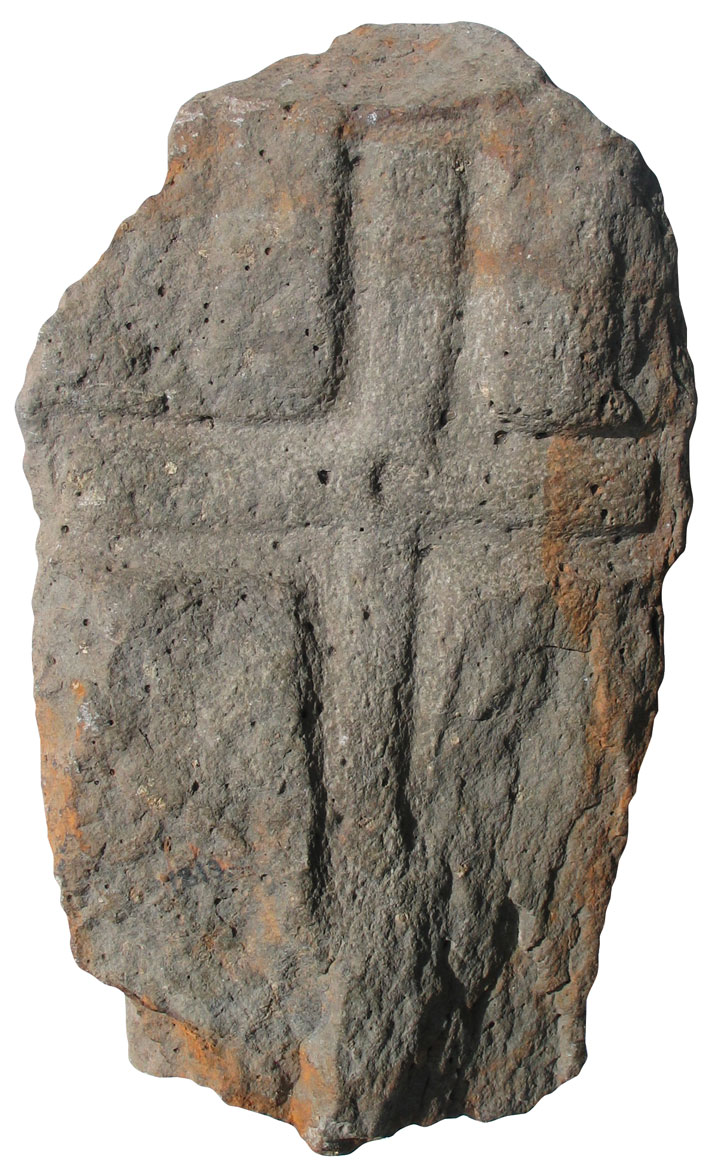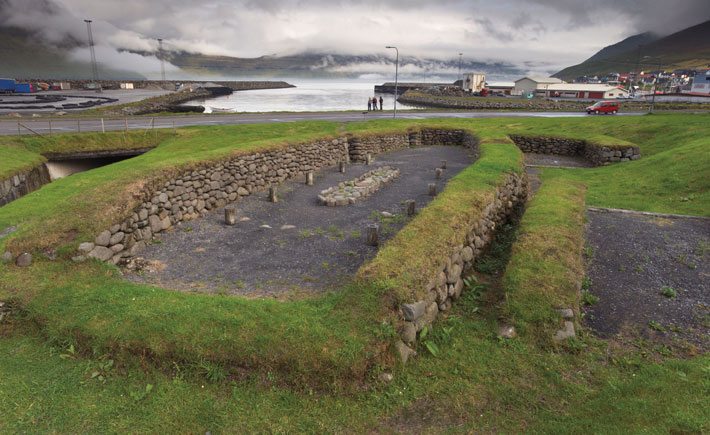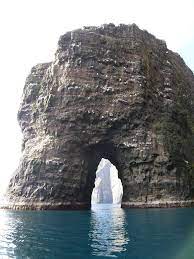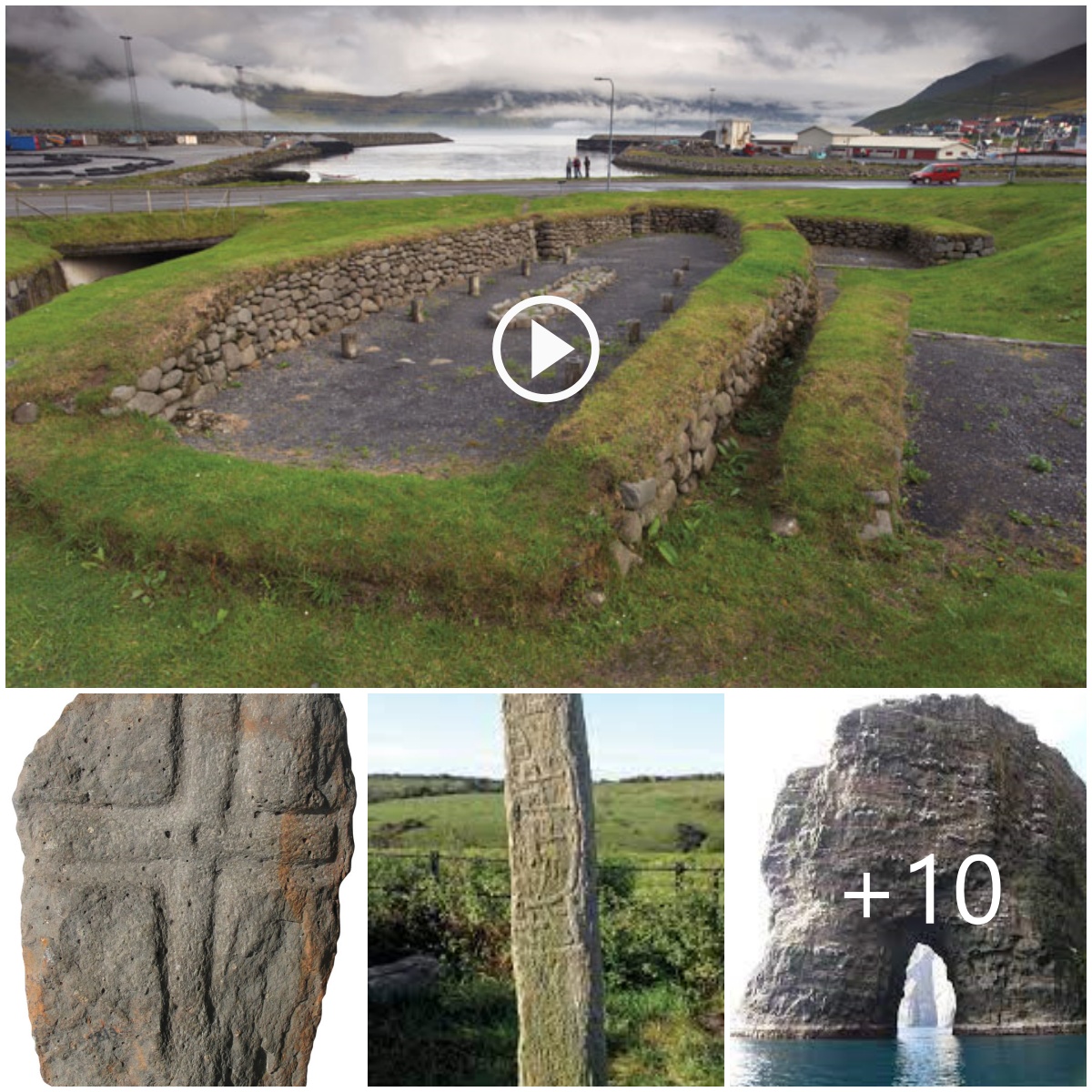Lost History of the Sheep Islands
New evidence shows that the remote North Atlantic archipelago was settled hundreds of years before the Vikings reached its shores
For more than 1,000 years, the jutting volcanic cliffs that dominate the coastlines of the 18 Faroe Islands have complicated life for seafarers seeking to make landfall on the archipelago. Rising from the North Atlantic some 200 miles north of Scotland, the cloudy, windswept Faroes have traditionally been home to a sparse population of farmers eking out a living by growing hardy crops on the islands’ few broad expanses of grassland—and by raising many, many sheep. Even today, sheep outnumber the islands’ population of 55,000. They have been so vital to life there that they give the archipelago its name—Faroes means “sheep islands” in the Scandinavian Faroese language.
According to Norse sagas, the Faroese people are descended from Viking settlers who first reached the Faroes in the mid-ninth century A.D. during the landnám—Old Norse for “land-take”—a time when the Vikings were just beginning to expand across the North Atlantic world. The first text written on the islands was penned under the auspices of one Bishop Erlendur. The 1298 “Sheep Letter” is a missive to the Norwegian king laying out a proposed set of rules governing sheep husbandry on the islands. Bishop Erlendur lived in a building known as Kirkjubøargarður, or the King’s Yard, which dates to the eleventh century and is said to be the oldest continuously inhabited wooden home in the world. Near the house stand the stone ruins of Magnus Cathedral, the islands’ largest medieval church and a monument to the important role Christianity played on the archipelago.
The Faroe Islands were the first stepping stone for Viking exploration of the North Atlantic. Norse navigators who stopped on the islands eventually made their way to Iceland, Greenland, and beyond, to North America. Despite the central role that the Faroes played in the history of Viking exploration, archaeological research on the islands has been relatively limited. Erosion of many areas of coastline where easy landfall was possible—and thus where settlements would have been most viable—has hampered investigation of early Viking sites. Nonetheless, two early Viking Age shielings, or farmsteads, dating to the ninth century A.D. have been extensively excavated. “Archaeology is hard in the Faroes, but we have been able to make discoveries that augment the written record,” says National Museum of the Faroe Islands archaeologist Ann Sølvia. “For instance, the texts don’t mention pigs being present in the islands, but we do find them in the archaeological record.”
Hits: 0







